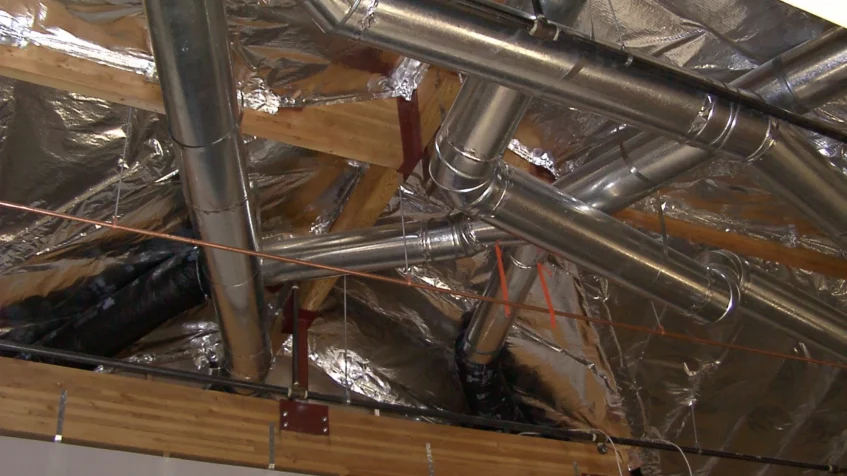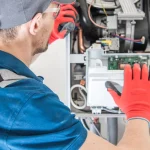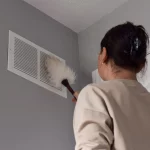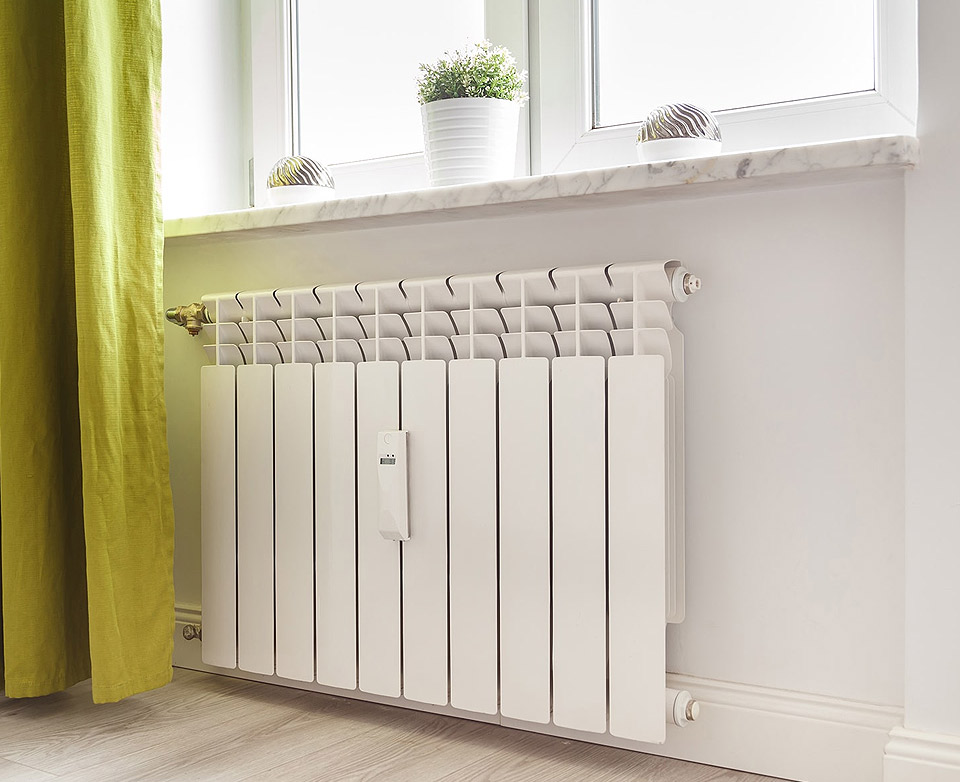
The Ultimate Homeowner’s Guide to HVAC Ductwork
Ah, the mysterious world of HVAC ductwork—hidden behind walls and ceilings, quietly doing its job to keep your home at the perfect temperature. While it might not be the star of the show, understanding your ductwork is crucial for maintaining a comfortable and efficient living space. In this ultimate guide, we’ll unravel the secrets of HVAC ductwork, providing you with insights, tips, and everything you need to know.
The Basics: What is HVAC Ductwork?
Before we dive into the nitty-gritty details, let’s start with the basics. HVAC ductwork is the intricate network of tubes that distribute heated or cooled air throughout your home. Like the veins and arteries in your body, ducts ensure that the lifeblood of your HVAC system reaches every corner of your living space.
Types of Ducts
Not all ducts are created equal. There are various types, each with its own strengths and weaknesses.
1. Sheet Metal Ducts:
- Pros: Sturdy and durable.
- Cons: Prone to rust if not properly maintained.
2. Fiberglass Ducts:
- Pros: Excellent insulation properties.
- Cons: Susceptible to damage and air leakage.
3. Flex Ducts:
- Pros: Flexible and easy to install.
- Cons: Can be less durable over time.
Understanding the type of ductwork in your home is the first step towards effective maintenance and troubleshooting.
The Importance of Proper Design
Just like a well-thought-out floor plan, the design of your ductwork plays a crucial role in your home’s comfort. Poorly designed duct systems can lead to uneven heating or cooling, hot and cold spots, and increased energy bills. It’s like expecting a smooth road trip with a poorly drawn map—frustrating and inefficient.
Size Matters
Ducts come in various sizes, and the size of your ductwork should match the capacity of your HVAC system. Undersized ducts create resistance, forcing your system to work harder, while oversized ducts can lead to reduced airflow and inefficient operation. It’s a delicate balancing act that a professional HVAC technician can help you achieve.
The Right Layout
The layout of your ductwork is equally crucial. A well-designed system ensures that conditioned air reaches every room without obstructions. Strategic placement of vents and returns contributes to even temperature distribution and minimizes energy waste.
Signs of Ductwork Issues
Your ducts might be silently screaming for attention, and you might not even know it. Look out for these signs of potential issues:
- Uneven Temperatures: If some rooms feel like the Arctic while others mimic the Sahara, your ducts might be the culprit.
- Increased Energy Bills: A sudden spike in your energy costs could be a red flag, signaling that your ductwork is not working efficiently.
- Strange Noises: Whistling, rattling, or banging sounds coming from your ducts are not the ghostly whispers of your home—they’re signs of trouble.
Identifying these issues early on can save you from discomfort and hefty repair bills. It’s like having a superhero radar for your ductwork—detecting problems before they escalate.
DIY Ductwork Maintenance
Fear not, brave homeowner! While some ductwork issues require professional help, there are simple maintenance tasks you can tackle yourself.
- Regular Cleaning:
Dust, debris, and even the occasional spider can make a cozy home in your ducts. Regular cleaning with a vacuum or duster can keep things spick and span. - Sealing Leaks:
Duct tape might fix everything in the movies, but in reality, you’ll need mastic sealant or metal-backed tape to seal any leaks in your ducts. This ensures that your conditioned air reaches its destination without escaping along the way. - Insulation Check:
Proper insulation is key to preventing energy loss. Inspect the insulation on your ducts and replace or repair any damaged sections.
By incorporating these simple maintenance tasks into your routine, you become the guardian of your ductwork’s well-being, ensuring it functions efficiently for years to come.
When to Call in the Pros
While some maintenance tasks are DIY-friendly, there are instances when it’s best to call in the professionals:
- Duct Replacement: If your ducts are outdated or damaged beyond repair, it’s time for a replacement.
- Complex Repairs: Issues like crushed or severely leaky ducts require the expertise of a professional technician.
- System Upgrades: If you’re upgrading your HVAC system, it’s wise to have your ductwork evaluated to ensure it can handle the increased capacity.
Professional intervention ensures that your ductwork receives the care it deserves, extending its lifespan and maintaining optimal performance.
Future-Proofing Your Ductwork
As technology advances, so does HVAC efficiency. Consider these future-proofing tips for your ductwork:
- Smart Thermostats: Upgrade to a smart thermostat that allows you to control your HVAC system remotely, optimizing energy usage.
- Zoning Systems: Divide your home into zones with individual temperature controls, ensuring personalized comfort and efficient energy use.
By embracing these technological advancements, you not only enhance your home’s comfort but also contribute to a greener, more energy-efficient future.
Congratulations, you’ve graduated from HVAC Ductwork 101! Armed with the knowledge of duct types, maintenance tips, and signs of trouble, you’re well-equipped to ensure your home remains a haven of comfort. Remember, a little care goes a long way in the world of ductwork, and your future self will thank you for it. Happy heating and cooling!










